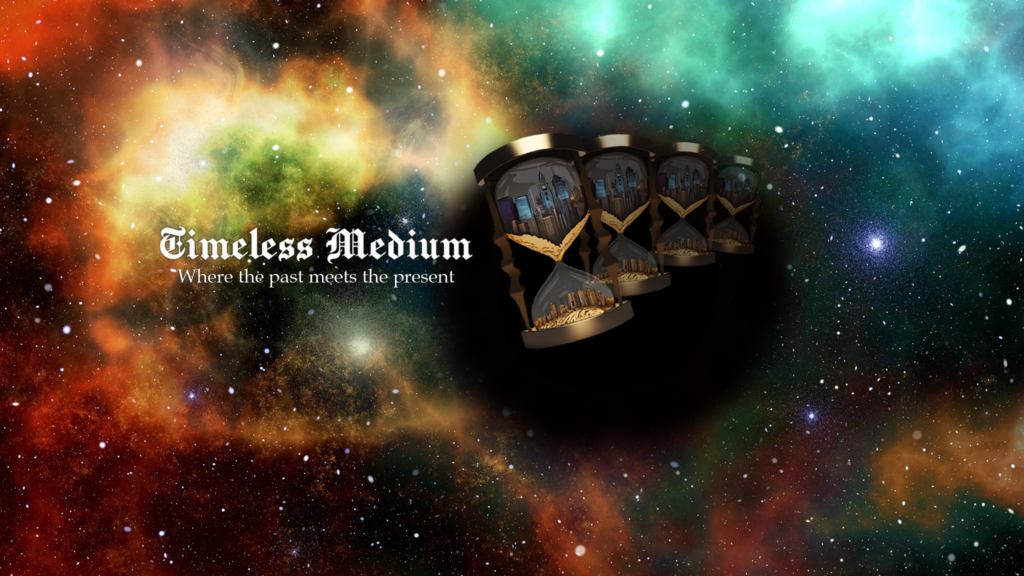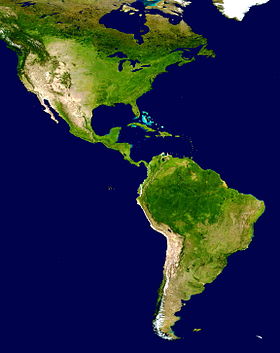The prehistory of the Americas (North, South, Central America, and the Caribbean) begins with people migrating to these areas from Asia during the height of the ice age. These groups are generally believed to have been isolated from the people of the “Old World” until the coming of Europeans in the 10th century from Iceland led by Leif Erikson and in 1492 with the voyages of Christopher Columbus. While this was the prevailing theory for quite some time, new genetic and anthropological evidence suggests contact with Polynesian and South East Asian groups, while not confirmed to be frequent, happened with some regularity prior to the arrival of European colonizers as evidenced by cultural and linguistic trade, domesticated crops and livestock, and analysis of DNA from east Peruvian and Andean cultures as well as some sites suggested to be permanent settlements of Oceanic and Polynesian sailors. Some anthropologists also suggest that contact with West African, Chinese, and even some earlier European cultures may have made contact with American civilizations, though these claims are largely unsupported.
The ancestors of today’s American Indigenous peoples were the Paleo-Indians; they were hunter-gatherers who migrated to North America. The most popular theory asserts that migrants came to the Americas via Beringia, the land mass now covered by the ocean waters of the Bering Strait. Small lithic stage peoples followed megafauna like bison, mammoth (now extinct), and caribou, thus gaining the modern nickname “big-game hunters.” Groups of people may also have traveled into North America on shelf or sheet ice along the northern Pacific coast.
Sedentary societies developed primarily in two regions: Mesoamerica and the Andean civilizations. Mesoamerican cultures include Zapotec, Toltec, Olmec, Maya, Aztec, Mixtec, Totonac, Teotihuacan, Huastec people, Purépecha, Izapa, and Mazatec.[citation needed] Andean cultures include Inca, Caral-Supe, Wari, Tiwanaku, Chimor, Moche, Muisca, Chavin, Paracas, and Nazca.
After the voyages of Christopher Columbus in 1492, Spanish and later Portuguese, English, French, and Dutch colonial expeditions arrived in the New World, conquering and settling the discovered lands, which led to a transformation of the cultural and physical landscape in the Americas. Spain colonized most of the Americas from the present-day Southwestern United States, Florida, and the Caribbean to the southern tip of South America. Portugal settled in what is mostly present-day Brazil while England established colonies on the Eastern coast of the United States, as well as the North Pacific coast and in most of Canada. France settled in Quebec and other parts of Eastern Canada and claimed an area in what is today the central United States. The Netherlands settled New Netherland (the administrative center of New Amsterdam – now New York), some Caribbean islands, and parts of Northern South America.
European colonization of the Americas led to the rise of new cultures, civilizations, and eventually states, which resulted from the fusion of Native American, European, and African traditions, peoples, and institutions. The transformation of American cultures through colonization is evident in architecture, religion, gastronomy, the arts, and particularly languages, the most widespread being Spanish (376 million speakers), English (348 million), and Portuguese (201 million). The colonial period lasted approximately three centuries, from the early 16th to the early 19th centuries when Brazil and the larger Hispanic American nations declared independence. The United States obtained independence from Great Britain much earlier, in 1776, while Canada formed a federal dominion in 1867 and received legal independence in 1931. Others remained attached to their European parent state until the end of the 19th century, such as Cuba and Puerto Rico which were linked to Spain until 1898. Smaller territories such as Guyana obtained independence in the mid-20th century, while certain Caribbean islands and French Guiana remain part of a European power to this day. (source)



